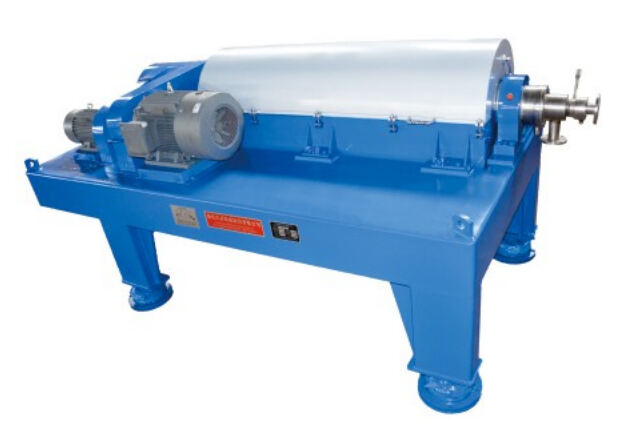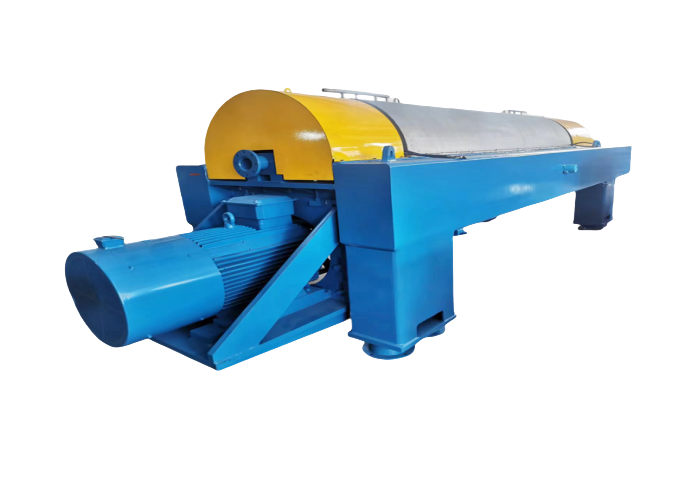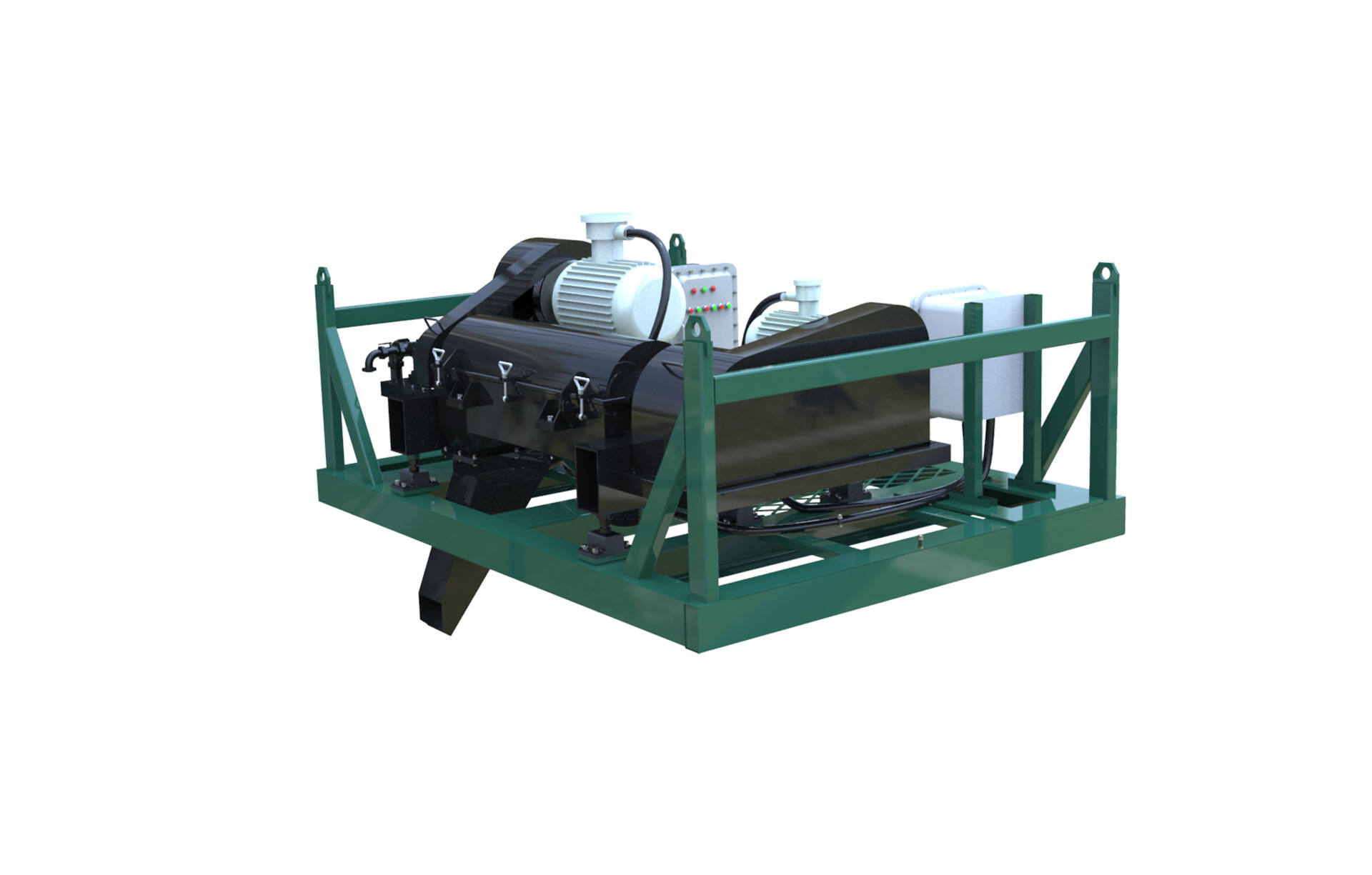oilfield slurry separation
Oilfield slurry separation represents a critical process in the oil and gas industry that effectively manages the complex mixture of fluids, solids, and chemicals produced during drilling operations. This advanced separation technology employs a combination of mechanical and physical principles to efficiently separate various components of drilling mud, produced water, and other oilfield waste streams. The process typically involves multiple stages, including primary separation through hydrocyclones, secondary treatment via centrifugal separators, and final polishing steps using advanced filtration systems. These systems are designed to handle high volumes of slurry while maintaining consistent separation efficiency, even under varying conditions. The technology incorporates sophisticated monitoring and control systems that ensure optimal performance and reliable operation in demanding oilfield environments. Beyond basic separation, modern systems also feature integrated waste management capabilities, enabling the recovery and recycling of valuable components while ensuring environmental compliance. This technology has become increasingly important as drilling operations become more complex and environmental regulations more stringent, making it an essential component in modern oilfield operations.


